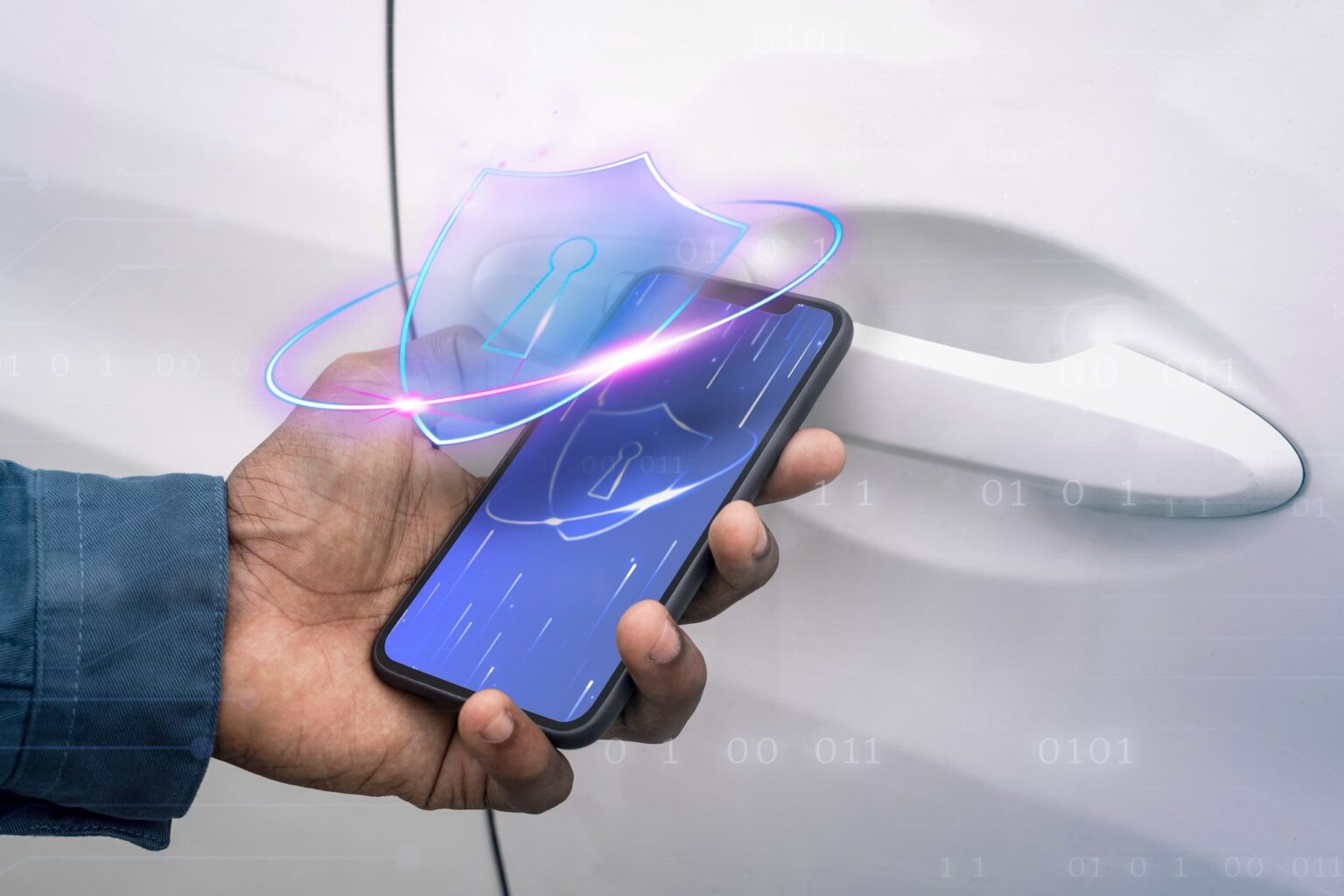Telematics and usage-based insurance (UBI) are transforming the auto insurance industry by enabling personalized coverage based on individual driving behavior. Here’s how telematics and UBI are revolutionizing auto insurance:
Data Collection through IoT Devices: Telematics utilizes IoT devices, such as GPS trackers and sensors, installed in vehicles to collect real-time data on driving behavior. These devices capture information like speed, acceleration, braking, cornering, and mileage. The data is then transmitted to insurers for analysis and assessment.
Personalized Premiums: With telematics, insurers can offer usage-based insurance policies where premiums are calculated based on actual driving behavior. Safer drivers who exhibit responsible habits can benefit from lower premiums, while riskier drivers may pay higher premiums. This personalized approach aligns insurance costs with individual risk profiles, promoting fair pricing and incentivizing safer driving practices.
Risk Assessment and Underwriting: Telematics data allows insurers to assess risk more accurately. Instead of relying solely on traditional risk factors, such as age and location, insurers can analyze granular driving behavior data to evaluate an individual’s risk profile. This enables more precise underwriting, fairer pricing, and better risk management.
Safer Driving Incentives: Telematics and UBI programs encourage safer driving habits by providing real-time feedback to policyholders. Drivers can access their driving data and receive insights on areas for improvement through mobile apps or online portals. Insurers can offer rewards or discounts for safe driving behavior, promoting better driving habits and reducing the frequency and severity of accidents.
Claims Handling and Accident Reconstruction: Telematics data can be invaluable in claims handling and accident reconstruction. When an accident occurs, insurers can analyze the driving data to determine the cause and severity of the incident accurately. This helps expedite claims processing, resolve disputes, and provide objective evidence for liability assessment.
Value-Added Services: Telematics data can enable insurers to offer value-added services to policyholders. For example, insurers can provide feedback on driving behavior to help customers improve their skills and reduce risks. They can also offer additional services like roadside assistance, stolen vehicle recovery, and vehicle health monitoring based on real-time data insights.
Fleet Management: Telematics is particularly valuable for commercial auto insurance and fleet management. Insurers can track and monitor fleet vehicles, enabling businesses to optimize operations, reduce fuel consumption, improve driver safety, and enhance overall fleet efficiency. This can result in cost savings for fleet owners and insurers.
Customer Engagement and Experience: Telematics and UBI programs create opportunities for insurers to engage with customers and provide personalized services. Policyholders can access their driving data, receive feedback, and track their progress towards safer driving. Insurers can offer value-added services, tailored recommendations, and customized policy options based on individual driving behavior, enhancing customer satisfaction and loyalty.
Telematics and usage-based insurance are revolutionizing auto insurance by leveraging IoT devices and real-time data analysis. These technologies enable personalized premiums, fairer pricing, safer driving incentives, improved risk assessment, and enhanced customer experiences. As telematics adoption continues to grow, it is reshaping the auto insurance industry and paving the way for a more individualized and data-driven approach to coverage.



